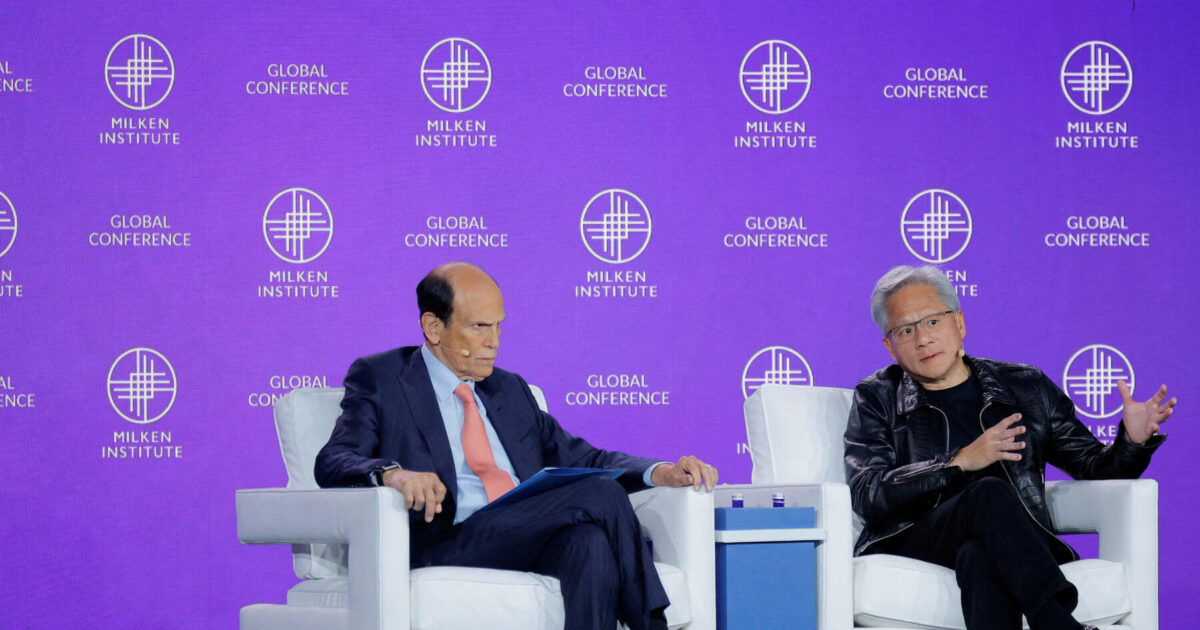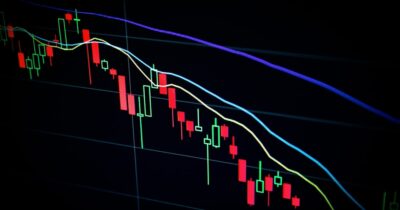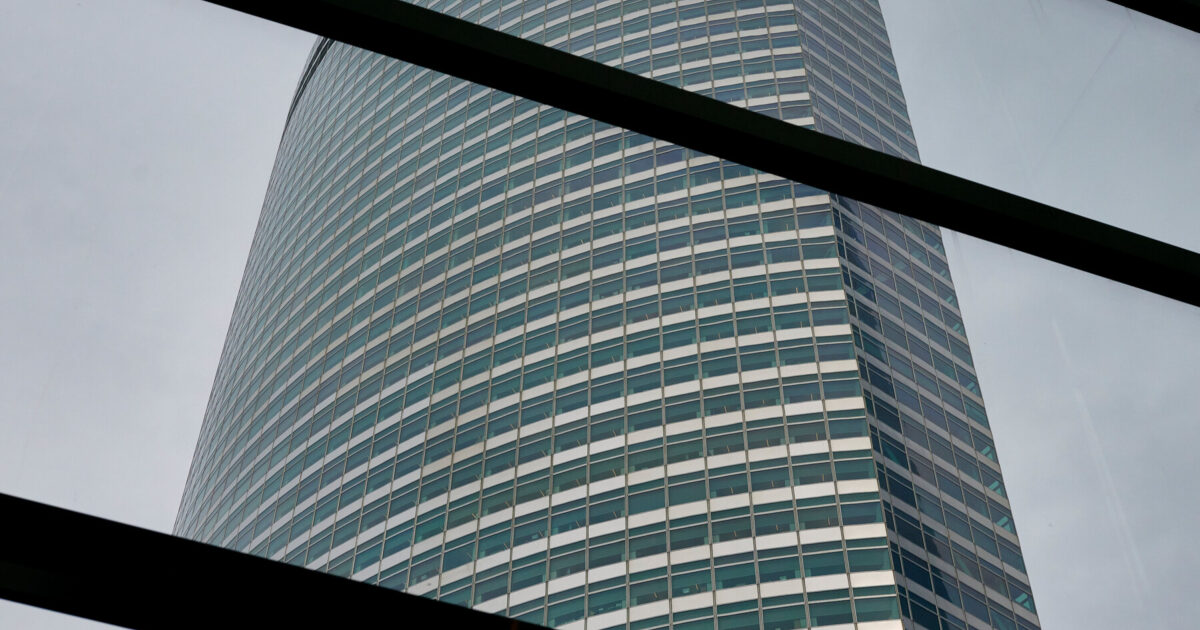Introduction
As global trade tensions intensify, CEOs from leading industries are weighing the risks of tariffs and the potential of strategic trade deals. The Milken Conference, a gathering of business leaders, has spotlighted the growing uncertainty in international markets, with many expressing concerns over rising trade barriers and the need for innovative solutions to secure long-term economic growth.
Fear of Tariffs and Supply Chain Risks
The conference highlighted how tariffs
particularly those imposed by the U.S. and European Union
threaten to disrupt global supply chains and increase costs for consumers and businesses. CEOs emphasized that trade wars could reduce efficiency, limit access to key markets, and harm competitiveness. For example, industries reliant on imported raw materials or components are already grappling with rising logistics costs and reduced margins.
Hope for Trade Deals and Strategic Alliances
Despite the challenges, many CEOs remain optimistic about potential trade deals. The U.S. and Mexico’s revised trade agreement, the USMCA, and the EU’s focus on digital trade are seen as pivotal steps toward reducing barriers. CEOs also stressed the importance of fostering multilateral cooperation, noting that regional partnerships could offer more stable frameworks than bilateral deals.
Investment Implications
The debate over tariffs and trade deals underscores the need for businesses to adapt quickly. Companies are increasingly prioritizing diversification and innovation to mitigate risks. For investors, the focus is on identifying sectors least affected by trade tensions, such as technology and pharmaceuticals, while staying agile in a rapidly changing global economy.
Conclusion
As the Milken Conference underscores, the future of global trade hinges on balancing caution with strategic action. CEOs’ concerns about tariffs reveal a complex landscape where innovation, diversification, and geopolitical diplomacy will shape business outcomes. For investors, the key is to stay informed, diversify portfolios, and align with trends that prioritize resilience in an uncertain world.
Source: New York Times Business




